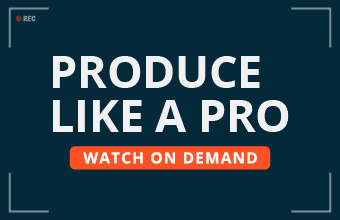Companies that are able to succeed on social media platforms will be fast to evolve, and can focus on continuously improving their business. When a business is constantly able to improve its social strategy, it finds new and better ways to share its story, connect with the target audience, and to stay on top of all the social media trends. One way for businesses to achieve this is by researching their competitors on social media platforms.
Executing a social media analysis on the competitors is a great way for businesses to develop their own social media strategies, and can be done at any point in time. In fact, this is something that companies should be doing on a regular basis in order to stay on top of the current trends, especially which ones are used by their competitors.
As Miami based Marc Roberts, an entrepreneur notes, “A competitive social media analysis can help businesses learn which strategies others are using, and can help them implement those same strategies in their own practices. A social media analysis can also get businesses a better perspective on how the company’s own social media metrics measure up in the market. It also helps to spark new creative ideas for campaigns and ways to utilize social media platforms and can help companies figure out which channels the competitors are focused on.”
Analysis documents and channels
The first step in executing a competitive social media analysis is to create a document that lists the brand’s name, as well as its competitors. The document should also list all of the social media platforms that industry competitors are regularly using, as well as include space to capture any relevant social media data. That data includes the social media account handles for each competitor, the number of followers each one has, as well as their engagement rates.
Social media platforms
The next step is to visit every social media handle from every competitor and see what each brand is doing. For example, when it comes to Facebook, companies can get the data on the number of people who like competitors’ pages, their average post frequencies, as well as their weekly engagement rates. To get a more in-depth understanding of the engagement rate, businesses can scroll down and look at some older posts from several months ago, and estimate the number of engagements per post for each competitor.
Next, for Instagram, companies can conduct research on follower counts, posts on hashtags, average post frequencies, and engagement rates of competitors, as well as their follower growth in the last month. Then for Twitter, companies can use different tools that generate a lot of valuable data, such as the total number of tweets over a certain period of time, the average number of tweets in a day, as well as the engagement rate for those tweets.
Using data
The reason why all of the aforementioned data points are useful is that loyal and highly engaged communities of brand advocates are incredibly worthwhile to companies. If a competitor has a very engaged community of followers, it can learn plenty more about their competitor’s strategies and utilize the same ones in order to avoid having a large number of indifferent followers.








